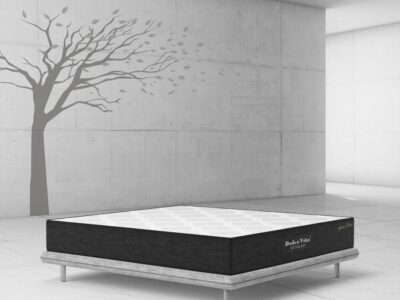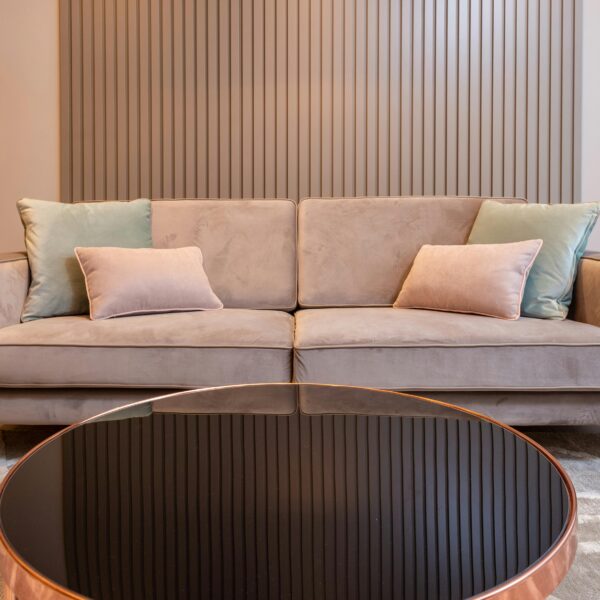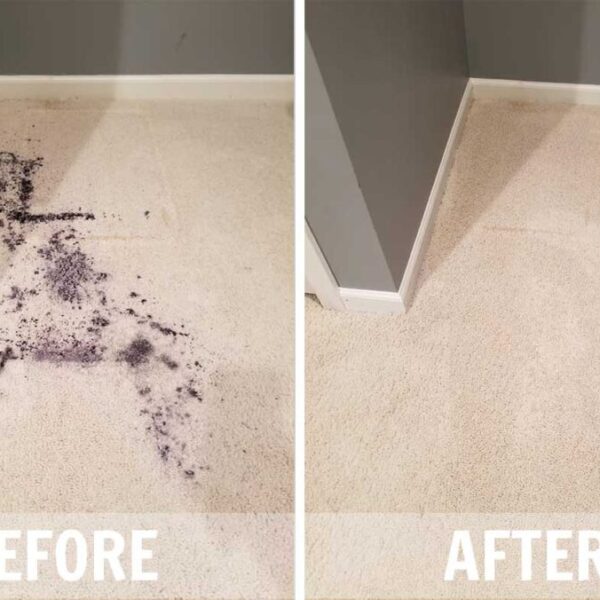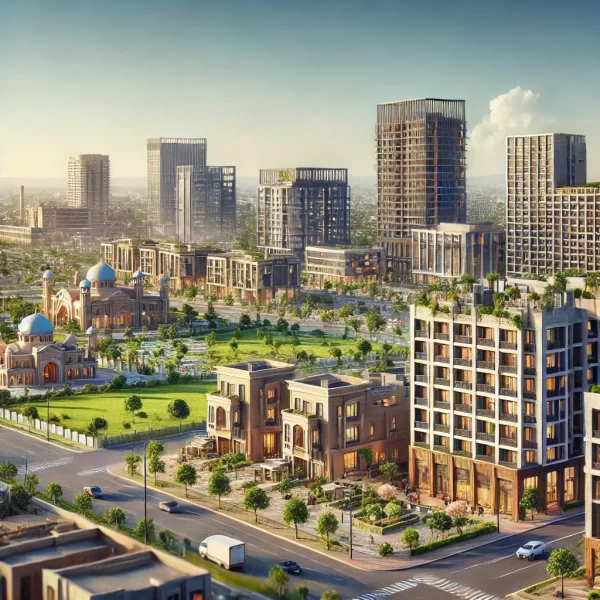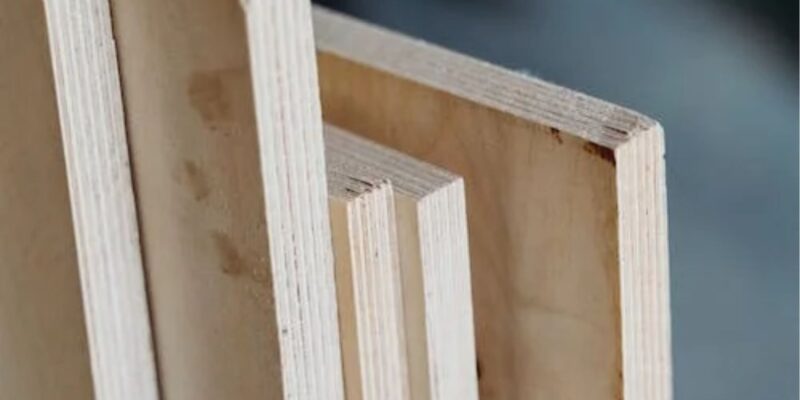
Plywood is an engineered wood product made by layering thin sheets of wood veneer, called plies, and bonding them together with adhesives under heat and pressure. The result is a sturdy, versatile material widely used in construction, furniture making, and various other applications. While there are numerous varieties of plywood available, they can be broadly categorized into three main types based on their construction and intended use: softwood plywood, hardwood plywood, and specialty plywood. Understanding the distinct characteristics and plywood properties of each type is crucial for selecting the right material for your project.
Softwood Plywood
Softwood plywood is the most common and economical type of plywood, widely used in construction, home improvement projects, and general woodworking. As the name suggests, it is made from softwood veneers, typically sourced from conifers like pine, fir, or spruce.
Characteristics:
- Composed of an odd number of thin wood veneers, usually between 3 and 9 plies
- The grain direction of each ply runs perpendicular to the adjacent layers, ensuring strength and stability
- Available in different grades, ranging from exterior-grade (suitable for outdoor use) to interior-grade (for indoor applications)
Advantages:
- Cost-effective
- Readily available
- Good strength-to-weight ratio
- Suitable for various construction and woodworking projects
Disadvantages:
- Not as durable or aesthetically pleasing as hardwood plywood
- Prone to warping and shrinking in extreme moisture conditions
Common Applications:
- Subfloors and underlayment
- Roof and wall sheathing
- Concrete formwork
- Furniture and cabinet components
Hardwood Plywood
Hardwood plywood, as the name implies, is made from thin veneers of hardwood species like oak, maple, birch, or mahogany. While more expensive than softwood plywood, it offers superior strength, durability, and aesthetic appeal.
Characteristics:
- Composed of an odd number of hardwood veneers, typically between 3 and 13 plies
- The grain direction of each ply runs perpendicular to the adjacent layers, ensuring stability
- Available in different grades, with higher grades featuring more attractive and consistent wood grain patterns
Advantages:
- Exceptional strength and durability
- Aesthetic appeal, with various wood grain patterns and colors
- Resistant to warping, splitting, and denting
- Suitable for furniture and cabinetry applications
Disadvantages:
- More expensive than softwood plywood
- Heavier and denser, making it more challenging to work with
Common Applications:
- Furniture making (cabinets, tables, chairs)
- Architectural millwork and paneling
- Flooring and wall coverings
- Boats and other marine applications
Specialty Plywood
In addition to softwood and hardwood plywood, there are various specialty types of plywood designed for specific applications or environments. These include:
Marine Plywood:
- Constructed using water-resistant adhesives and high-quality wood veneers
- Highly resistant to moisture and rot, making it suitable for boat building and outdoor applications
Structural Plywood:
- Engineered for structural applications, such as sheathing, flooring, and roofing
- Meets specific strength and stiffness requirements
- Often used in construction and remodeling projects
Fire-Rated Plywood:
- Treated with fire-retardant chemicals to slow the spread of flames
- Used in applications where fire resistance is crucial, such as in commercial buildings and high-risk areas
Decorative Plywood:
- Features attractive wood grain patterns and finishes
- Used for wall paneling, furniture, and other decorative purposes
- Available in various wood species and finishes (e.g., maple, oak, cherry)
Flexible Plywood:
- Constructed with thin veneers and flexible adhesives
- Capable of bending and conforming to curved surfaces
- Used in boat building, furniture making, and architectural applications
Comparison of Plywood Properties
| Property | Softwood Plywood | Hardwood Plywood | Specialty Plywood |
| Strength | Good | Excellent | Varies (depends on type) |
| Durability | Moderate | High | High (e.g., marine, structural) |
| Moisture Resistance | Varies (depends on grade) | Good | High (e.g., marine) |
| Aesthetic Appeal | Fair | Excellent | Varies (depends on type) |
| Cost | Economical | Expensive | Varies (depends on type) |
Factors Affecting Plywood Properties
While the main types of plywood differ in their characteristics and applications, several factors can influence their overall properties:
- Wood Species: The type of wood used for the veneers can affect the strength, appearance, and workability of the plywood.
- Adhesive Type: Different adhesives are used in plywood construction, with some offering better moisture resistance or heat tolerance than others.
- Number of Plies: Generally, the more plies a plywood has, the stronger and more dimensionally stable it becomes.
- Grade: Plywood is graded based on factors like the quality of the veneers, the number of defects, and its intended use (e.g., exterior, interior).
- Treatments: Some types of plywood undergo additional treatments, such as fire-retardant or moisture-resistant coatings, to enhance their performance in specific applications.
By considering these factors, manufacturers can engineer plywood with specific properties tailored to meet the demands of various industries and applications.
Conclusion
The three main types of plywood – softwood, hardwood, and specialty – each offer distinct advantages and plywood properties suitable for different applications. Softwood plywood is economical and widely used in construction, while hardwood plywood provides superior strength, durability, and aesthetic appeal for furniture and millwork. Specialty plywood, such as marine or fire-rated varieties, is engineered to meet specific requirements for demanding environments or applications.
When selecting the appropriate type of plywood for your project, it’s essential to consider factors like strength, durability, moisture resistance, cost, and aesthetic appeal. By understanding the unique characteristics and plywood properties of each type, you can make an informed decision and choose the material that best meets your project’s needs and requirements.
What is the difference between softwood and hardwood plywood?
- Softwood plywood is made from coniferous wood species like pine, fir, or spruce, while hardwood plywood is made from deciduous species like oak, maple, or birch. Hardwood plywood is generally stronger, more durable, and more aesthetically appealing, but also more expensive.
Can plywood be used for outdoor applications?
- Yes, certain types of plywood, like exterior-grade softwood plywood or marine plywood, are designed for outdoor use and can withstand moisture and weather conditions. However, regular interior-grade plywood is not suitable for prolonged exposure to the elements.
How do I determine the grade of plywood?
- Plywood grades are typically indicated on the product label or stamp. Common grades include A, B, C, and D for interior applications, and Exterior or Exposure 1 for outdoor use. Higher grades feature fewer defects and better appearance.
Can plywood be painted or stained?
- Yes, both softwood and hardwood plywood can be painted or stained to achieve various finishes. However, hardwood plywood with attractive wood grain patterns is often left unfinished or clear-coated to showcase its natural beauty.
Is plywood a sustainable material?
- Plywood can be considered a sustainable material because it makes efficient use of wood resources by layering thin veneers. Additionally, many manufacturers use wood from responsibly managed forests and employ environmentally friendly production processes.
How do I cut and work with plywood?
- Plywood can be cut using standard woodworking tools like saws, routers, and drills. However, it’s essential to use appropriate blades and bits designed for the specific type of plywood you’re working with. Always follow safety guidelines and wear protective equipment when cutting or working with plywood.

